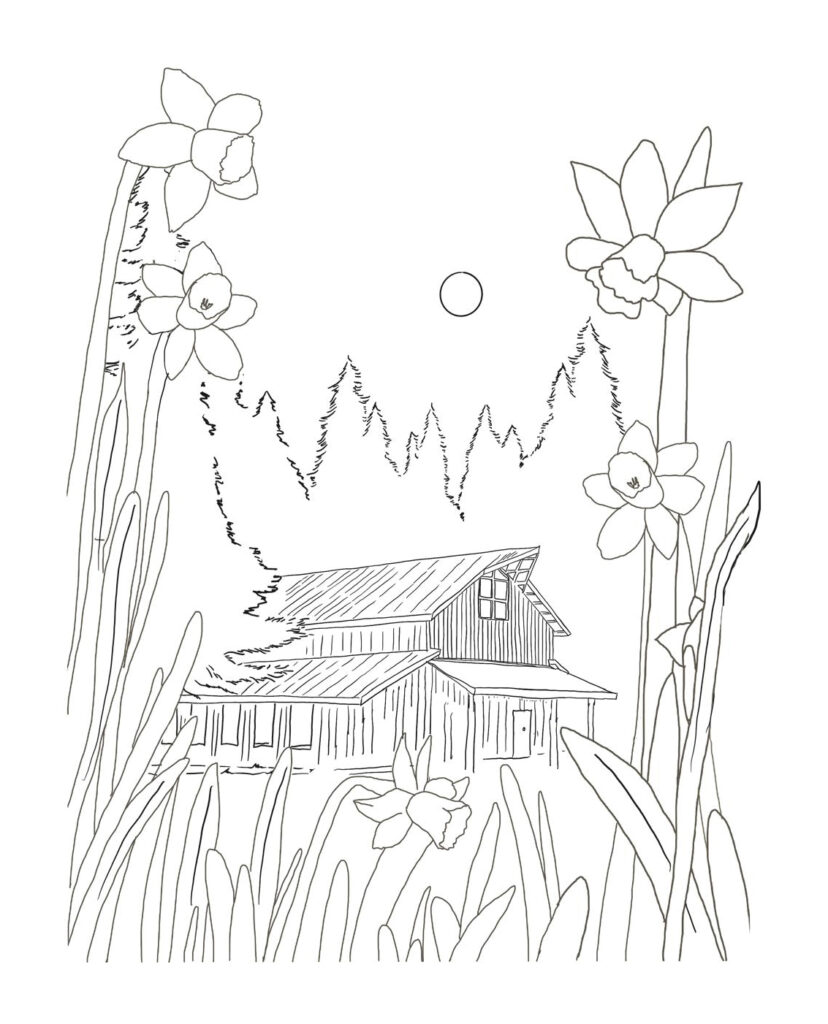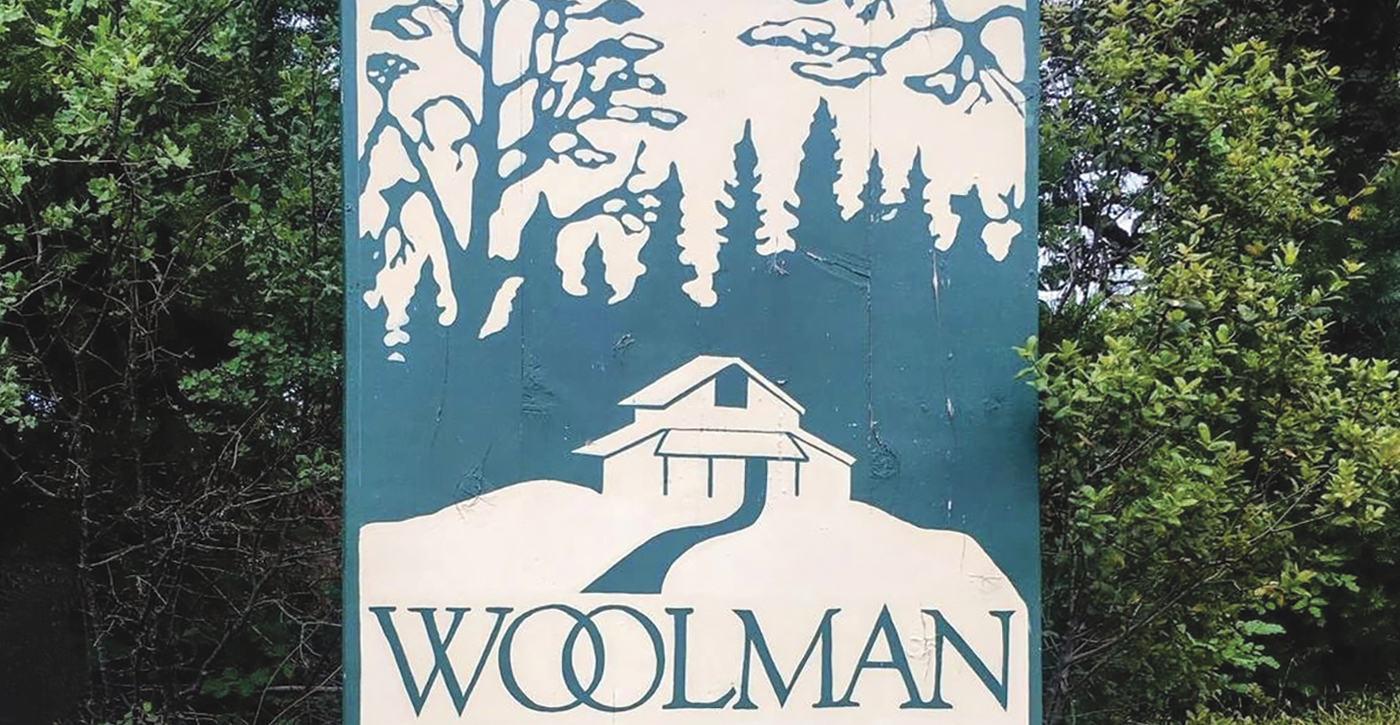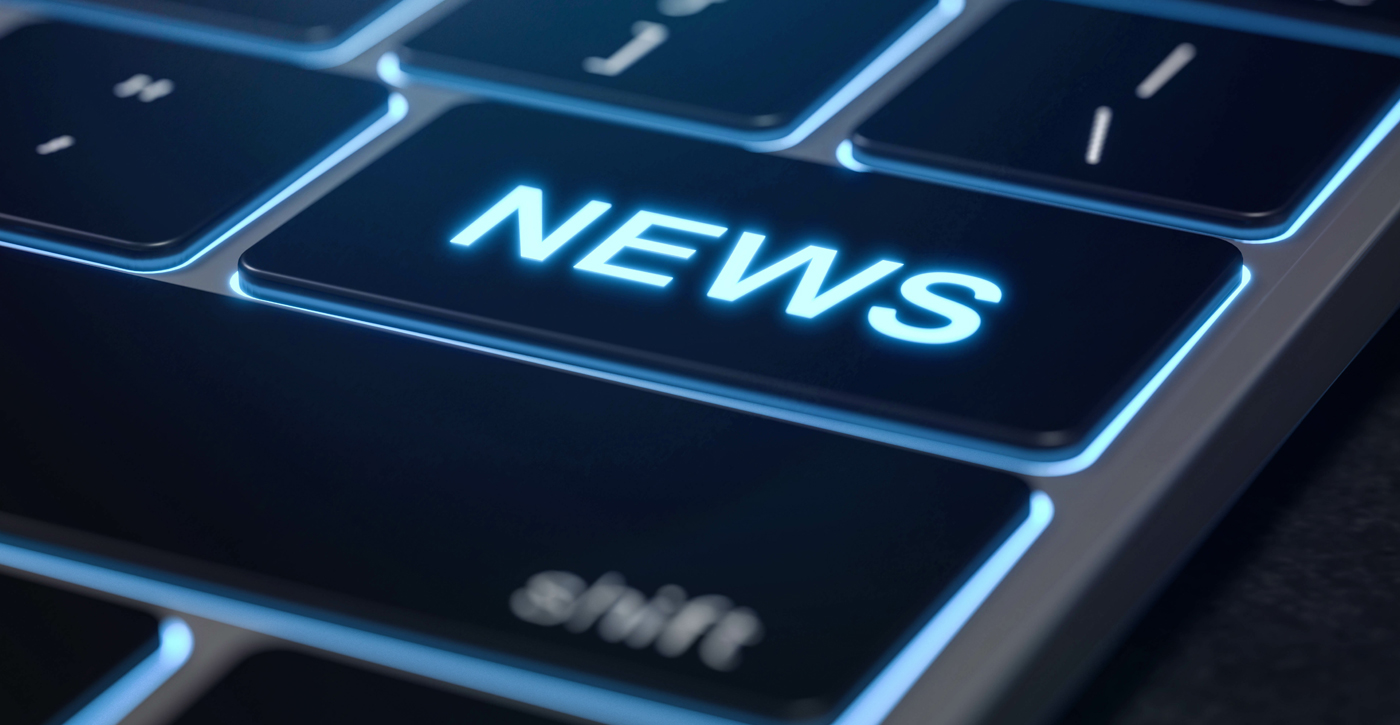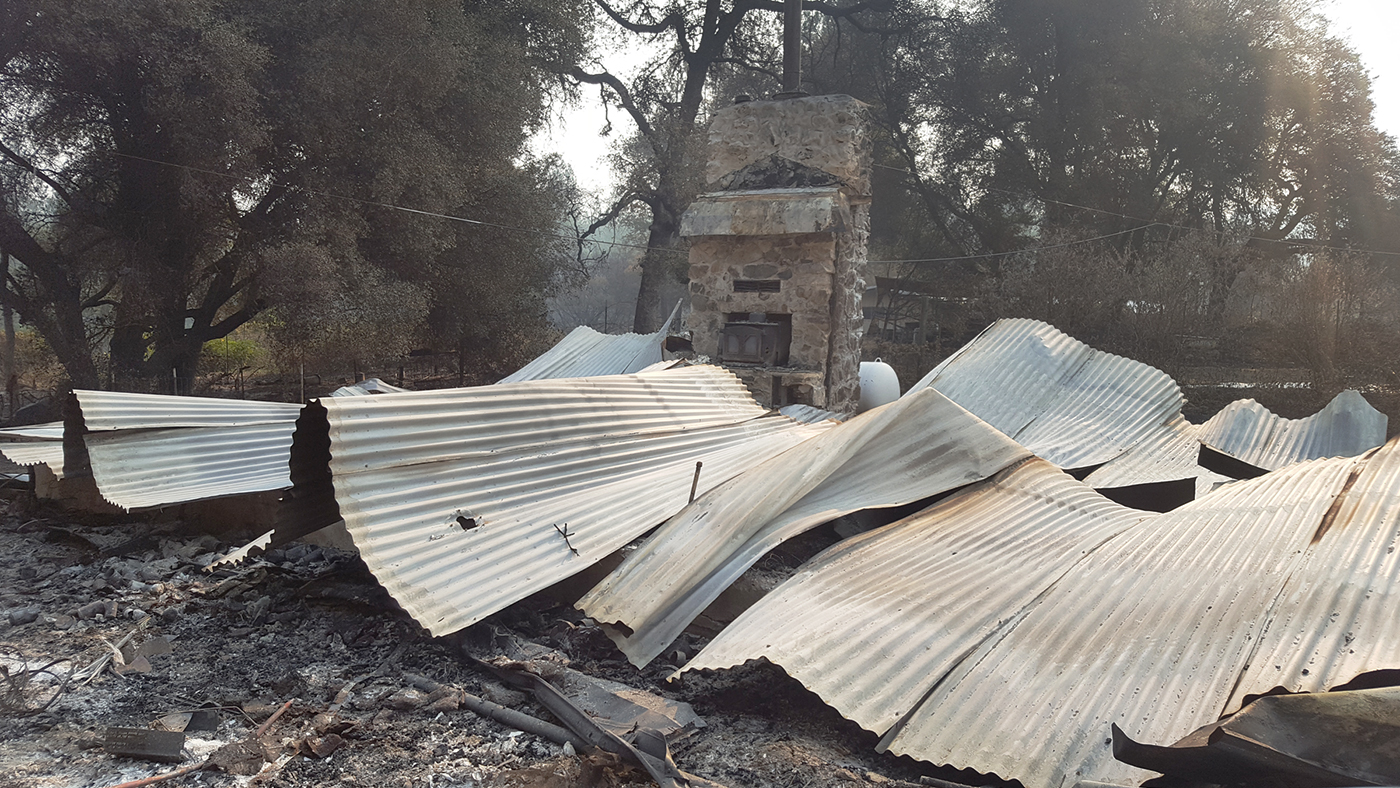In the fall of 2023, when we heard that the Woolman at Sierra Friends Center Board had announced its intent to enter into a purchase agreement with the Nevada City Rancheria Nisenan Tribe to return their homeland, our hearts were opened and a leading took shape. We recognize that we are all living on Indigenous land. Given this and our nation’s unjust treatment of Indigenous peoples for centuries, we felt strongly in support of the transfer of this land, the site of an ancestral Nisenan village called Yulića, from a Quaker center to the descendants of those villagers as a form of reparations and step toward healing. We wanted Quakers across the country to know about this historic moment and invite them to help make it possible.
The land known to Quakers as the Sierra Friends Center, or sometimes just Woolman, lies in the foothills of the Sierra Nevada mountain range. Covering more than 230 acres near Nevada City, Calif., the property was purchased in 1963 as a location for Quaker-based residential and educational programs. The nonprofit Sierra Friends Center, originally under the care of College Park Friends Educational Association, operated the school programs, including the John Woolman boarding school and the Woolman Semester School, and stewarded the property. The center also ran outdoor education programs as well as a summer camp rooted in Quaker faith and practice.
Our children attended many College Park Quarterly sessions at Woolman. They both attended the Woolman Semester before it closed in 2016, and our daughter worked at Woolman after college. Over the years, the land and the vision grew near and dear to our hearts. Unfortunately, Woolman has long struggled to stay on secure financial footing. The COVID pandemic and the Jones Fire in August 2020 shuttered the campus for two years, which only increased financial pressures.
The letter of intent to purchase the property came from California Heritage: Indigenous Research Project (CHIRP), a nonprofit corporation guided by Nisenan tribal leaders, who had first proposed transferring the land in 2020. The tribe set a fundraising goal of $2.4 million and opened a crowdfunding campaign at the end of January 2024. For us, and many others, it was a priority to ensure that the tribe would not have to bear any of these costs.

As a Quaker couple, we believed that supporting this process both spiritually and financially would be a living example of the stewardship testimony as well as honor the legacy of Quaker activism. We are all fundamentally involved in the painful legacy left by our predecessors who contributed to the erasure of Native cultures, languages, religions, and lifeways. Encouraging Quakers nationwide to support this act of homeland return would be our small part of the work to enter into a different relationship with Indigenous peoples. In this Light, our work began.
We brought a minute to our Second Month meeting for worship for business at Santa Cruz (Calif.) Meeting. It was passed enthusiastically the same day—a minor miracle for Quakers! We crafted the minute to show support from our meeting, and to also support us as we appealed to Quaker communities across the country. Our plan was simple but time-consuming. Using online resources such as Friends General Conference’s Quaker Finder website, we gathered contact information for as many Friends meetings and churches in the United States as possible, totaling 670. Next we wrote an appeal letter and sent it out by email to the list we had compiled, in addition to sharing it with the Toward Right Relationship with Native Peoples group (part of Friends Peace Teams) and in the quarterly Quaker Earthcare Witness newsletter.
And then we waited, with faith and cautious optimism. Within days, we had an enthusiastic email from a Quaker in New Hampshire who had decided to make a personal donation as well as encourage her meeting to make a donation. Then another email arrived with a positive reply. And the responses kept coming. Many told us that their meeting was already working on Indigenous concerns and right relationship, and that our appeal was timely and welcome. Some meetings forwarded minutes they had written. Others wrote meaningful responses as they reported their individual or meeting donation. There were many questions, which we answered with information sourced from the CHIRP and Woolman websites.
We received responses from Quaker individuals and communities representing more than 20 U.S. states, including Ann Arbor (Mich.) Meeting; Cannon Valley Meeting in Northfield, Minn.; Eggemoggin Reach Meeting in Sedgwick, Maine; Honolulu (Hawaii) Meeting; Whidbey Island Meeting in Freeland, Wash.; Philadelphia Yearly Meeting (includes Quakers in Pennsylvania, Maryland, Delaware, and New Jersey); and Southeastern Yearly Meeting (includes Quakers in Florida, Coastal Georgia, and South Carolina). Here are excerpts from two responses that stood out to us:
West Falmouth (Mass.) Meeting
West Falmouth Friends Meeting acknowledges that our meetinghouse and land resides within the ancestral territory of the Wampanoag, People of the First Light. We recognize and respect that Indigenous Peoples are traditional stewards of the land and waterways, and that an enduring relationship exists between them and their sacred homeland.
Our Meeting understands and appreciates the importance of belonging to the land. We wish to support the Nevada City Rancheria Nisenan Tribe in their efforts to formalize their tribal ownership of the Sierra Friends Center (formally, College Park Friends Educational Association) as their own. Please accept the enclosed donation toward that effort.
Lincoln (Neb.) Meeting
We grieve the actions of our predecessors in claiming lands for their own that other peoples for many generations had belonged to. We also deeply regret the significant effort to obliterate the history and culture of these peoples. It seems in good order to us to acknowledge this openly and to follow that with meaningful action. We are aware of a growing movement for reconciliation between those of us who are newcomers to this land and those of us who are Indigenous. Margaret Jacobs, author of After One Hundred Winters, notes that beginning in the 1980s many countries around the world began the work of reconciliation. In the United States our awareness of the harms done has been low, but that is changing. We see the return of the former Woolman School property as a significant step in the process of restoration and healing.
In mid-August, CHIRP surpassed its $2.4 million goal. We estimate that about 27 Quaker meetings and Friends churches, and many more individual Quakers from across the country have contributed more than $87,000 to this effort of homeland return. We recognize that Quakers are a small fraction of the 3,500 individuals and organizations who have donated to make this dream a reality. It’s been a joyful and affirming experience to witness our faith community collectively choose to contribute to this historic Spirit-led moment. And even now that the goal has been met, we can all continue to participate in this work by reaching out to tribes and Indigenous people in our own communities to see what is needed.







So fitting for Friends to lead the way for returning homelands to indigenous people. Holding good thoughts for the success of this endeavor. May other groups be inspired to do the same.